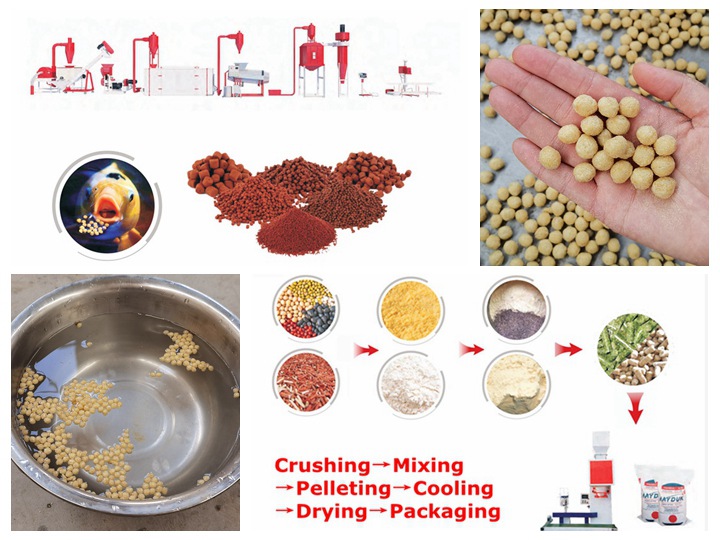.jpg)
Nov 10, 2017 · The capacity of feed mills ranges widely from 0.5 to 12.5 tones/hour. The output of compound feeds has increased during recent years. Most of the industrial feeds are poultry feeds. The standard for a feed mill is 2000 hours of operation annually. The feed mills in Ethiopia are generally operating much lower than this standard.
.jpg)
Jun 17, 2019 · A. Feed mills sometimes use shelled corn to flush their milling equipment to remove residue from previously manufactured feeds. Mills have several ways they keep the insides of their

Capacity: 1-2T/H Feed Pellet Size: 2-4mm chicken feed The install period: 10 Days Workshop size (L*W*H): 8m*4m*6m Chicken feed plant cost: $10000-50000 USD enquiry@pellet-richi.com Leave a Message Overview of complete line for chicken feed pellets with 1-2 ton per hour production for sale Rwanda
.jpg)
Looking for Best Animal Feed in Ethiopia? Find the list of Top Best Animal Feed Products in Ethiopia on our business directory. Best Animal Feed Products near me. We found 11 companies Maheder Aemro Animal Feed Across from sammi Furniture , Addis Ababa Providing quality and affordable animal feed to Ethiopia and countries aboard.

Compared to the production base year of 2014/15 with estimated 167 million liters of milk, 1.3 million tonnes of red meat and 419 million eggs, the projected demand is expected to be 1490 million liters of milk, 1.9 million tonnes of red meat and 3.9 billion eggs by 2020 (LMP, 2015).
.jpg)
RICHI customized livestock feed mill peoject can production the 2-12mm cattle feed pellet. The biggest capacity is 100t/h, we also can provide the free design , such as the equipment layout , flow chart, pit plan, Installation plan, land plan and 3D drawings. Capacity: 1-100T/H. Main Equipment: Livestock Feed Pellet Machine.
.jpg)
Jan 3, 2020 · Step 02: Feed Crushing Process The hammer mill is an important equipment for the raw material grinding process. The hammer mill can grind the ingredients into the desired size. Suitable for small and medium-sized feed making plants. If you have a large feed granulation factory, then the drop hammer mill is ideal. Step 03: Feed Mixing Process
.jpg)
The ANDRITZ FeedMax G series comes in a new fine-tuned design and ensures highly efficient feed pelleting. It combines the best of current pellet mill technology with the proven features from our long-established family of gear-driven pellet mills and offers the highest output per kWh in its class. The series is available in a G7, G9 and G12 model.
.jpg)
Ethiopia 2T/H animal feed pellet mill production lineAug 17, 2020 · Welcome to check our other animal feed processing case in Ethiopia: Ethiopia 5-6T/H Customized Powder Feed Mill + 8619337889051
.jpg)
5.1.4 Fat. The cereal grains belonging to the energy feeds normally contain from 2 to 5 percent ether extract, but a few by-product feedstuffs contain up to 13 percent fat, as does rice feed, the mill-run by-products of the manufacture of polished rice. Oat groats contain 7 or 8 percent fat, as does corn, hominy feed.
.jpg)
Feb 8, 2018 · Environmental and Social Impact Assessment Report of Feed Mill Production Plant, Ethio-Chicken PLC, Burayu Town Administration, May, 2017, Addis Ababa, Ethiopia February 2018 DOI: 10.19080/IJESNR
.jpg)
2 Small mills in Africa Larger-scale mills are in operation in most African countries today. They mainly supply flour to larger cities and towns. These mills use fluted roller mills that operate to a higher technical standard than small-scale mills do. They can remove bran and wheatgerm, producing refined white flour mainly for bread making.
.jpg)
Brand new horse feed mill machine in Ethiopia ethiopian-feedEthiopian feed industry: current status, challenges and The objective of this paper is to provide an overview of the current status, key challenges, and the way forward for the Ethiopian feed industry.
.jpg)
Enter the email address you signed up with and we'll email you a reset link.
.jpg)
Grain Wheat Maize Sorghum Crop Corn Grinders For Animal Feed are widely used due to their simple structure. It is an electric corn grinder machine with relatively high power consumption in feed mills, generally accounting for 2/3 of the total energy production of powder and more than 1/3 of the total energy production of feed pellets. Therefore, how to make it more efficient and energy-saving